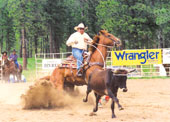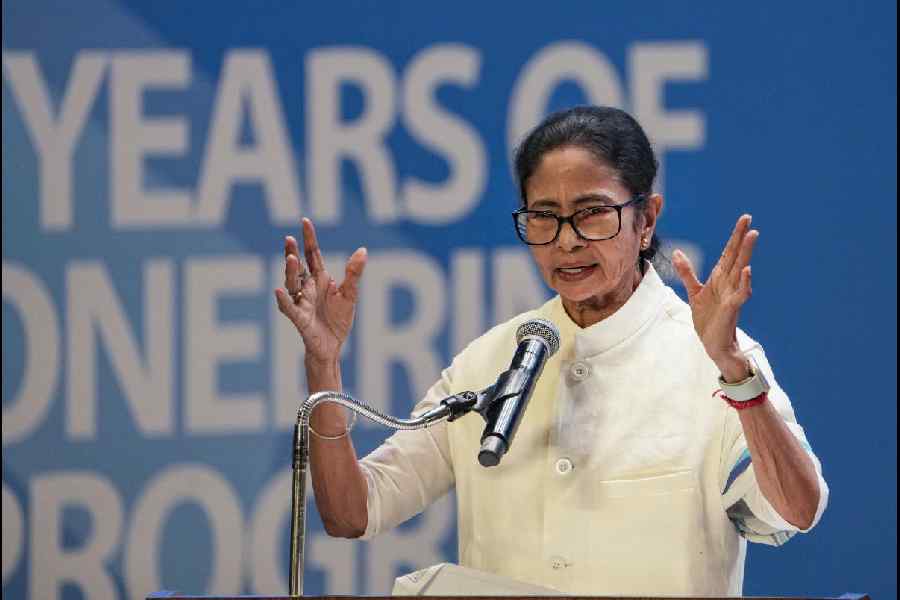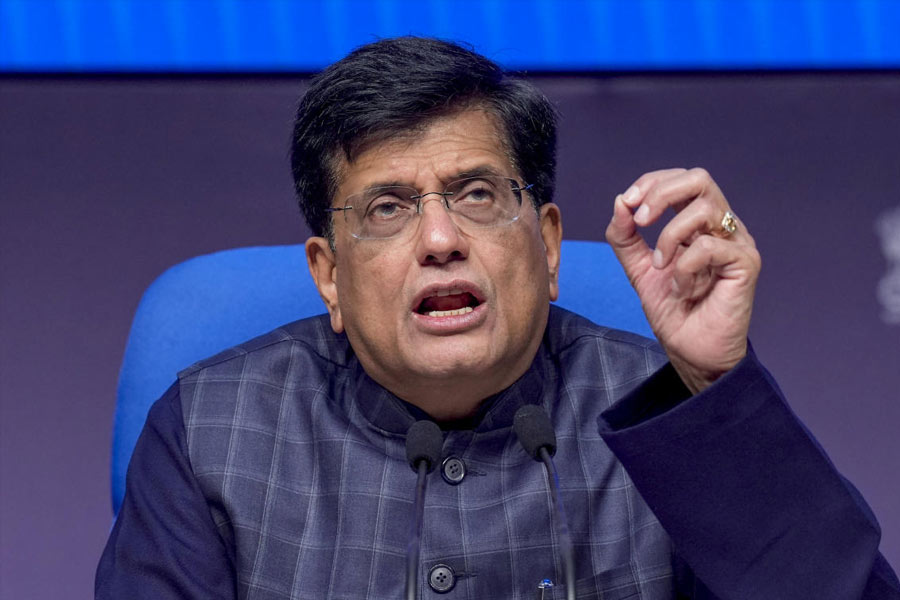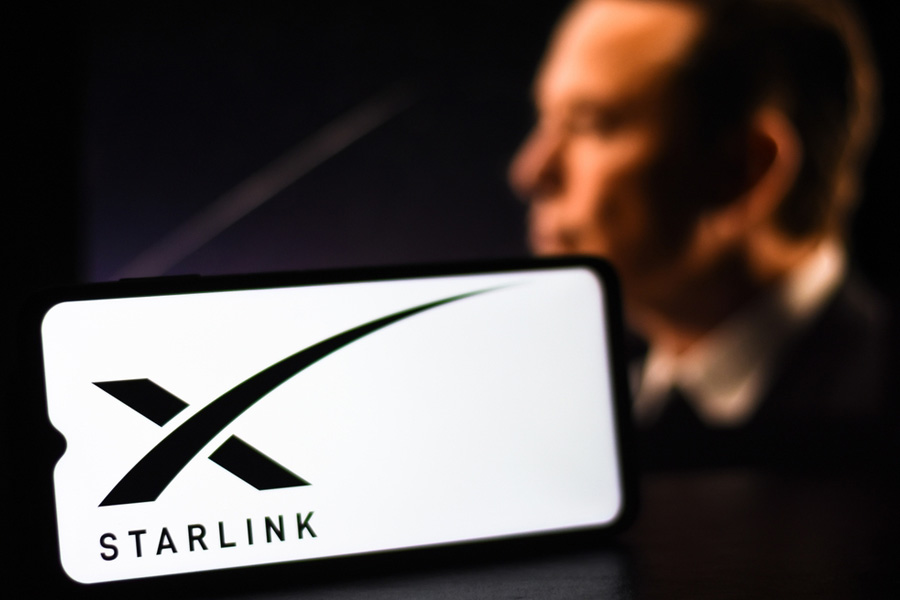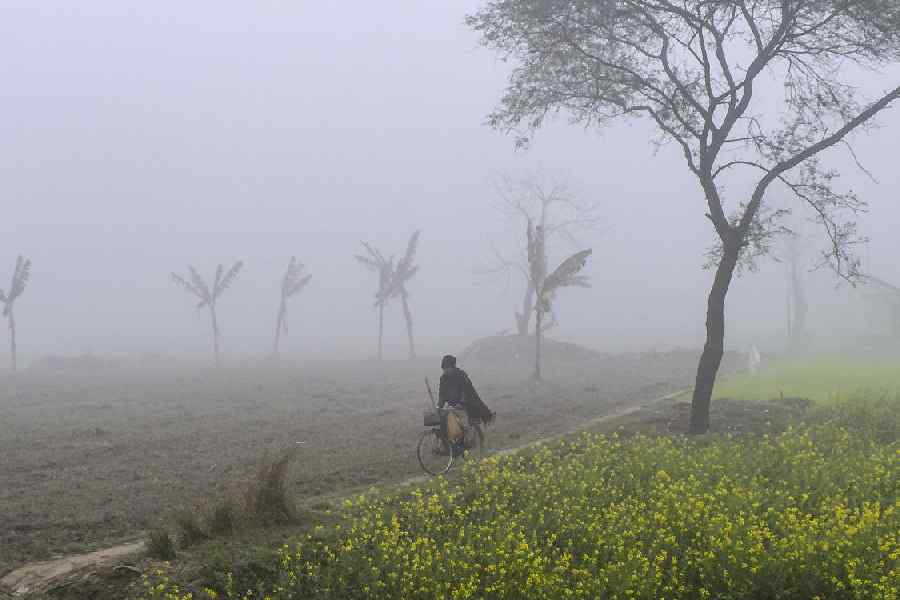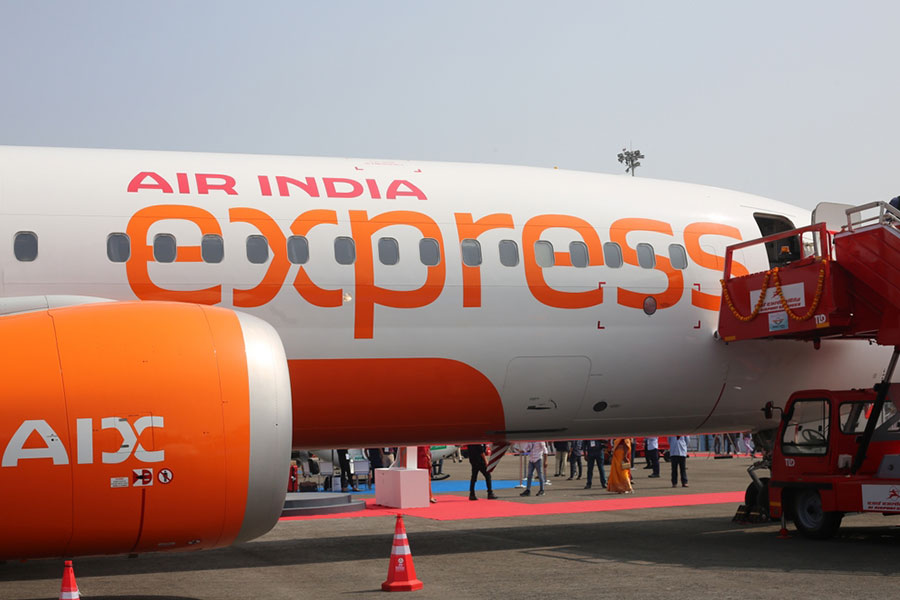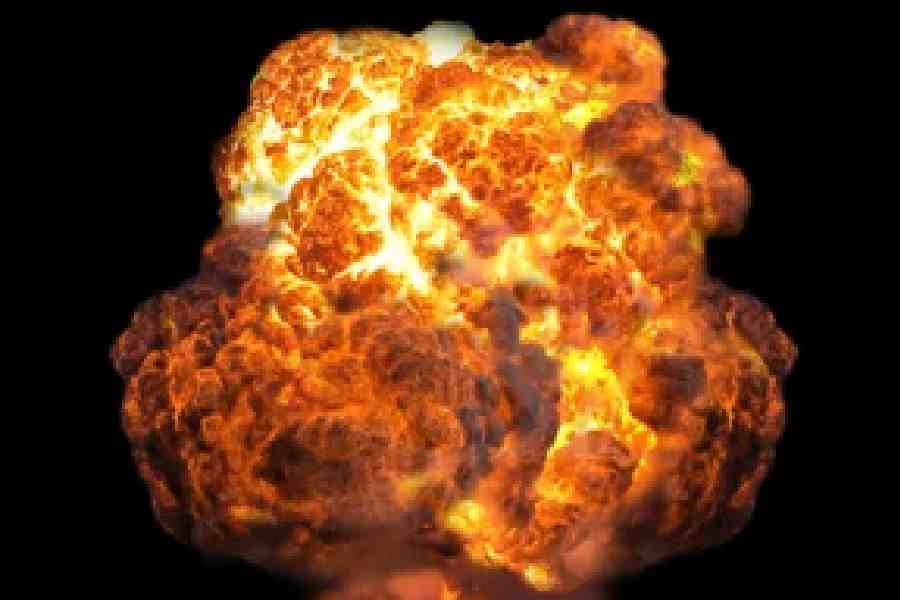 |
 |
 |
 |
| (From top): A cowboy lassoes a runaway calf during a calf-roping session at the rodeo; a ‘Needle Head’ rock formation on the way to Custer State Park; a view of the Crazy Horse memorial; the majestic Mount Rushmore |
It’s billed as the most scenic drive in the United States. The Norbeck Highway to Mount Rushmore has forests and glades and wonderful views. If all that’s not enough, there’s also plenty of wildlife ? at close quarters. Our drive took us through South Dakota over Iron Mountain to the Black Hills region where we even spotted a mountain goat grazing by the highway.
Finally, we reached Mount Rushmore where the early history of the United States has been sculpted into rock. Our first stop was the spot where the movie North by Northwest was filmed. Then we had to make an important financial decision: at Mount Rushmore, there are two types of parking. The expensive type of parking involved parting with $8 per head and this allows you to park anywhere throughout the year. Alternatively, you can park for free and walk 10km to Rushmore. There’s not much of a choice.
The sculptures, which are the largest in the world, are undoubtedly awesome. George Washington’s head is 60ft high. His nose is a gigantic 21ft and his mouth is 18 ft wide. The presidential heads are so large that they would fit perfectly for a person 460ft tall. From left to right there’s George Washington, Thomas Jefferson, Abraham Lincoln and Theodore Roosevelt. It’s almost pharonic in its scale and size.
How ignorant are Americans about their own history? They would get pretty low marks if our tour guide had it right. Every now and then our guided tour ? which included several Americans ? would be interrupted and we would be asked if we knew that Abraham Lincoln was the president during the Civil War. And, of course, Washington led the War of Independence. We looked around sniffily wondering how Americans could be so ignorant about their own past.
Once we had oohed and aahed over the heads, we were taken to the Artist’s Studio where they’ve displayed the original model used by Gutzon Borglum, the internationally-acclaimed artist who designed the colossal sculptures on Mount Rushmore. The shape was transferred to the hill using instruments that turned every inch into a foot.
How did this all begin? A man called Doenna Robinson wanted to put South Dakota on the map by creating a huge sculpture of the state’s local heroes. His amazing dream was that these heroes would be carved on to a mountaintop as a tourist attraction. He contacted sculptor Gutzon Borglum who liked the idea but refused to work on anything less than figures of national interest.
Borglum went searching for a mountain and settled on Mount Rushmore which was named after a prospector named Charles Rushmore who had come from New York looking for metals and named the mountain after himself. Rushmore ensured that the mountain’s name wasn’t changed by putting up $10,000 for the project.
Anyone who looks up at the mountain tries to imagine how it was all created. Sculpting the mountain was done by drilling holes in the rough granite face, precision dynamiting, and then using jackhammers to exactly reproduce the dimensions. Borglum would ask the workers if they could recognise the faces they were working on and their answer was always no. But the workers were dedicated. They climbed 760 steps up just to punch in to be paid. Then they would hang out in boson chairs hundreds of feet in the air and lift 75-pound jackhammers to drill through the granite.
When Borglum died in March 1941, his son, Lincoln took over. Luckily, work on the project finished just a month before the Japanese attack on Pearl Harbour otherwise it might never have been completed.
We went to the visitors’ centre that was designed like an arc of a circle so the monument was always visible and the first thing we could hear was a constant rumble that sounded like thunder. A little later we realised that the sound came from an exhibit that showed how pieces of the hill were removed with dynamite. Afterwards we walked through the Avenue of Flags and towards the base of Mount Rushmore. The Avenue of Flags has the flags of all the US states.
From there we headed to the Iron Mountain Road, which is a scenic drive through a forest thick with Ponderosa pine. The beauty of the drive was that the road wound through tunnels dug through the mountain and the tunnels were all angled to frame the Mount Rushmore Monument. There was a curlicue in the road to get up to each tunnel. These are called Pigtail Bridges. We weaved our way among tall pines and we passed bison milling across the road.
The drive took us to Custer State Park. All around there were Longhorn cattle, mule deer, prairie dogs, and pronghorns. Then there was a stunning rock formation that the road goes right through. There are several more like these, all 50-60ft high and popularly called Needle Heads. The highway is known as Needle Highway. It shouldn’t be any surprise that Hollywood’s top moguls have roamed all over this part of the world. Everywhere there were signboards telling us which films had been made around here. We passed one site where How the West Was Won and The Last Hunt were filmed. We also passed the site where Tomahawk, War Bonnet and Chief Crazy Horse were filmed.
We returned to the Rushmore Monument well before 9pm when it is all lit up for the night. By now the Avenue of Flags had a fairyland look. The presentation started with what sounded like thunder even though the sky was cloudless and it had an almost biblical feel. Under the lights, the colossal figures were scary, almost like mythical gods who were keeping watch on us. Lastly there’s a documentary about Rushmore and its meaning.
This is a land of gigantic monuments, so early next morning we started for the Crazy Horse Memorial. The road to the Crazy Horse Memorial leads up hills thick with evergreens and looks almost alpine. We climbed into the Black Hills and headed for the town of Custer and the Crazy Horse Memorial.
The memorial was the idea of the Lakota Sioux elders. Standing Bea and the chiefs asked Korczak Ziolkowski to carve a tribute to Crazy Horse, the man who defeated General Custer at the Little Bighorn, out of the sacred Black Hills. Ziolkowski was a sculptor on the Rushmore Project and the Sioux believed that Crazy Horse had strange mystical powers. They wanted the statue to be the biggest in the world.
This project on a gargantuan scale started in 1938 and they have completed only the face. This is not to minimise the amount of work done. The entire statue of Crazy Horse on completion will be 563ft high and the head alone is 87ft high. It’s so big that the Rushmore heads could fit inside the head of Crazy Horse. When it’s finished, the statue will show Crazy Horse sitting astride a wild horse pointing forward and saying, “My land is where my people lie buried.”
From monuments to rodeos. The loudspeakers first played Country Western music followed by a talk about rodeo, and the Star Spangled Banner before the real show began.
First were the bucking horses. The first horse bucked his rider in about eight seconds. The second rider lasted half as long. The third one just failed to get up on the horse. The fourth stayed on until the buzzer. The score was three to one, horses leading cowboys and the fifth rider was another washout. The sixth also stayed until the buzzer, got kicked off but could not get his hand free. He was dragged all over the arena by a vengeful horse. Six riders so far and some of them had nearly been killed.
Then came the calf roping where the humans came off slightly better. Here, the rider has to rope the calf, jump off the horse, grab the calf, turn him over, and tie the feet together. One cowboy nearly got into trouble because his horse pulled on the rope at the same time the calf did and some couldn’t even get the calf’s neck. In between all this action, a rodeo clown would wander in for a bit of slap-around humour.
There was still more excitement on the cards with steer wrestling where a cowboy chases a steer on horseback and jumps from the horse and flips the steer to his side. Sometimes the steer threw the cowboy. Sometimes the steer bounced on his side and jumped up again. They let him leave the arena then.
The last event was bull riding where the men ride the mean Brahma bulls. The second bull bucked his rider and then refused to leave the ring. It took several minutes to get him off-stage.
Once the show finished, we drove back to Rapid City after a few days immersed in an all-American way of life.
Photographs by the author
Fact file
• How to get there: The nearest airport is at Rapid City, 18 miles away. The roads are very good so you can drive there from anywhere in the US.
• Places to stay: Accommodation is available in Rapid City, Hill City, Custer and Hot Spring. Keystone is just 2 miles away and fine restaurants are available here. There are campsites in every town.

